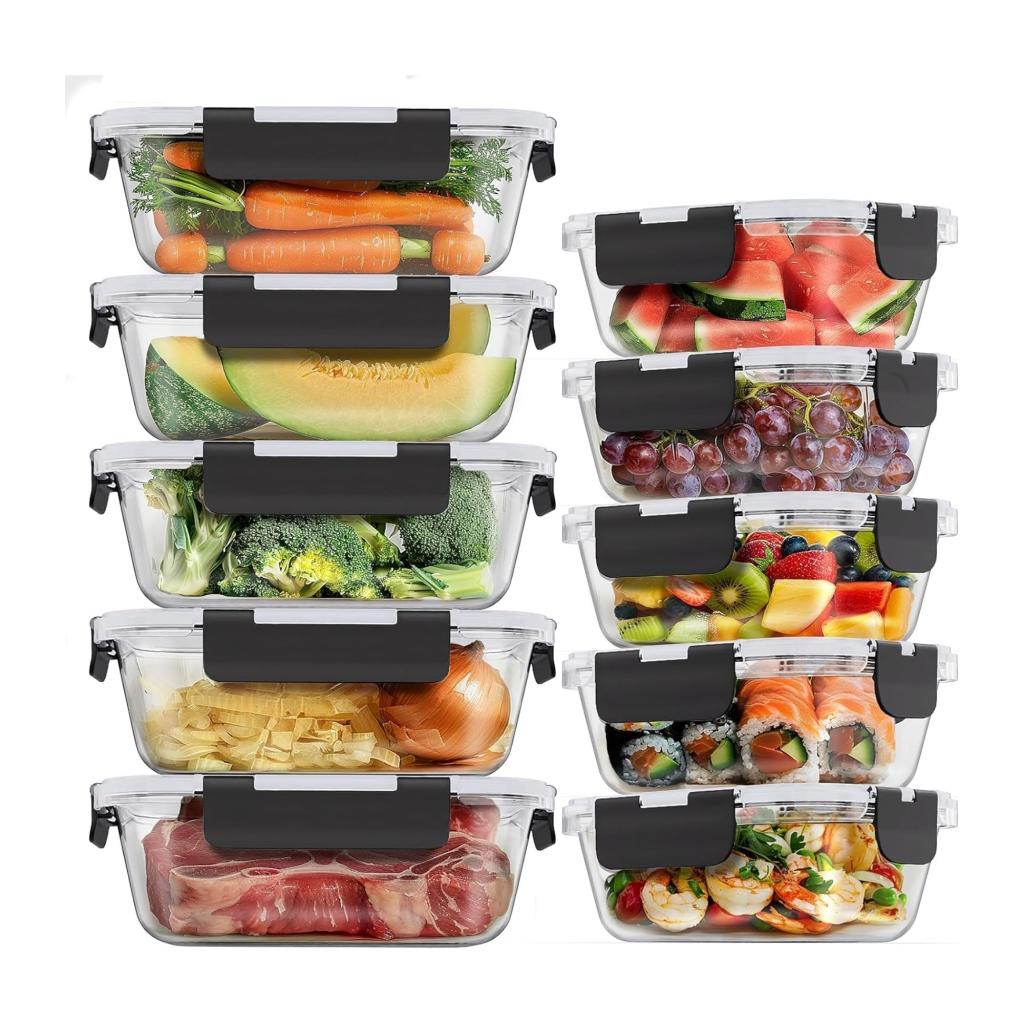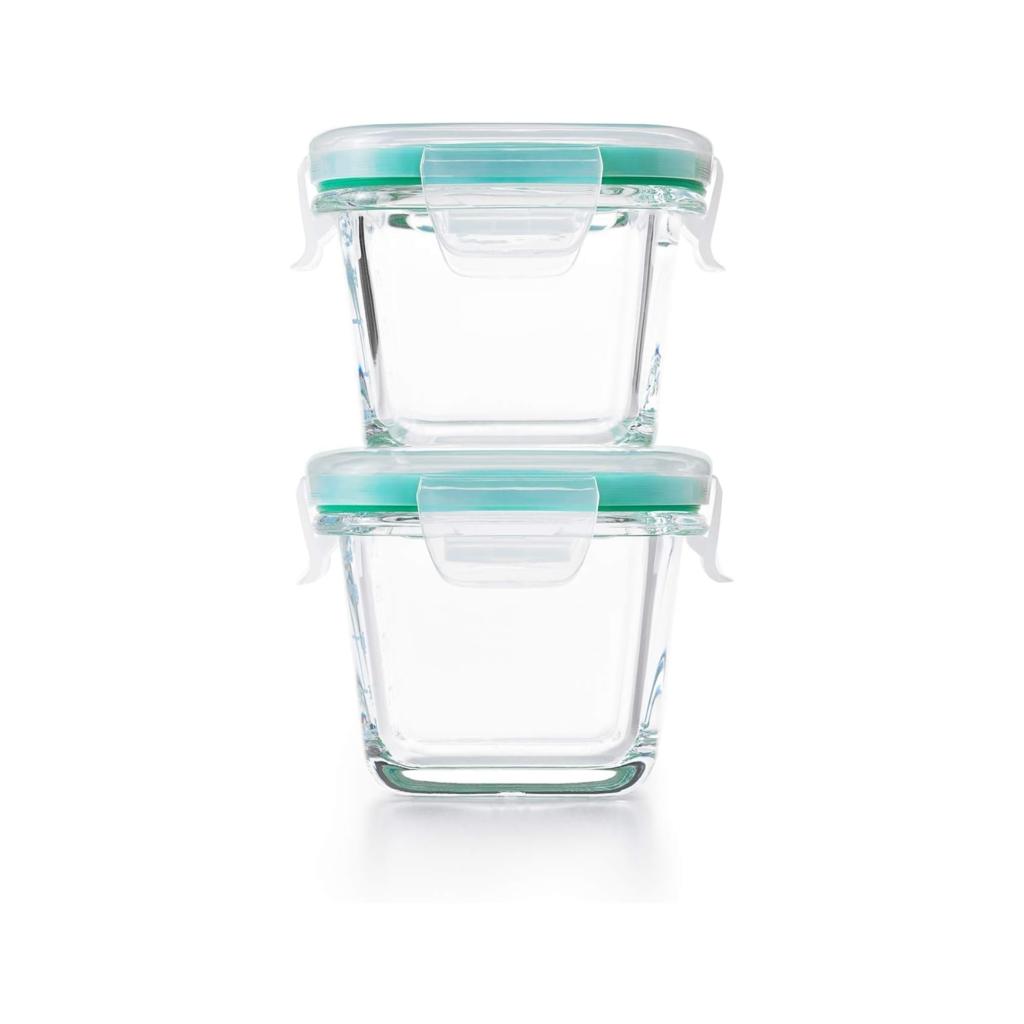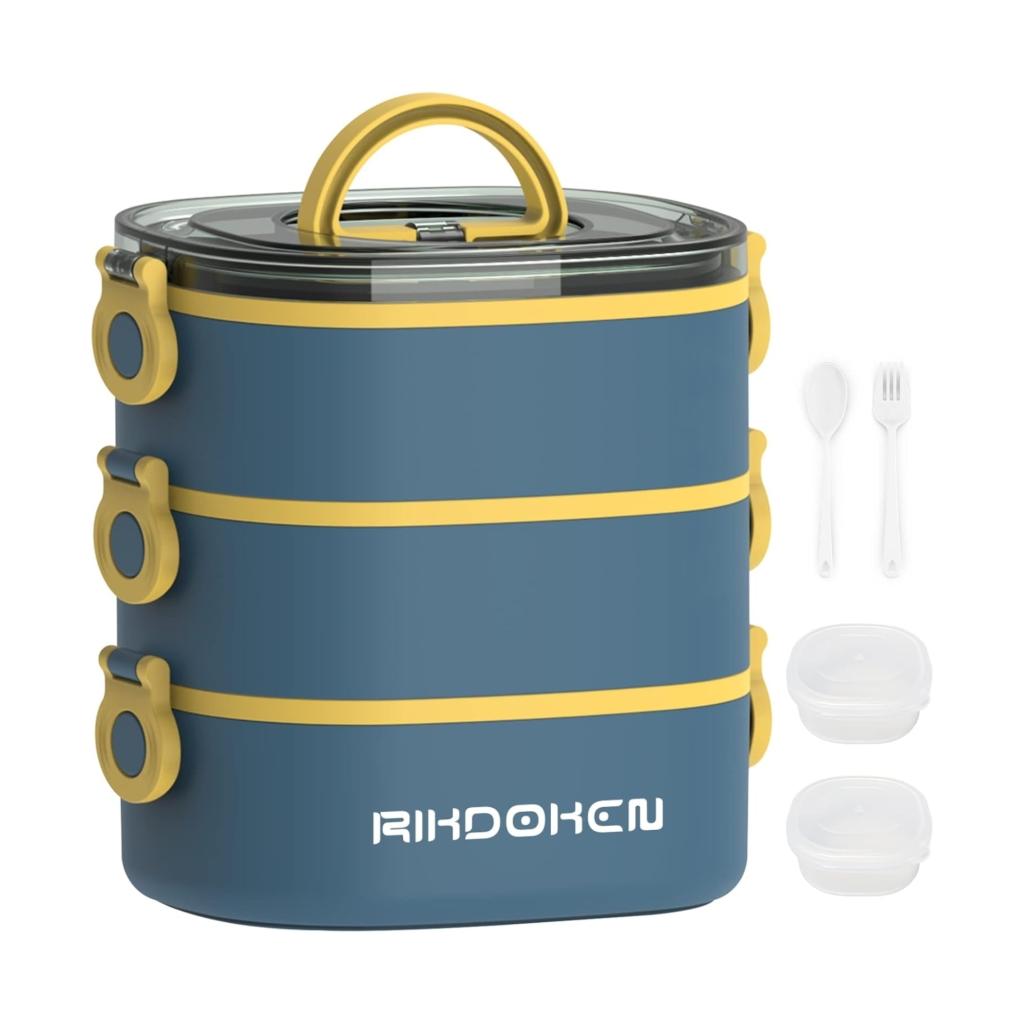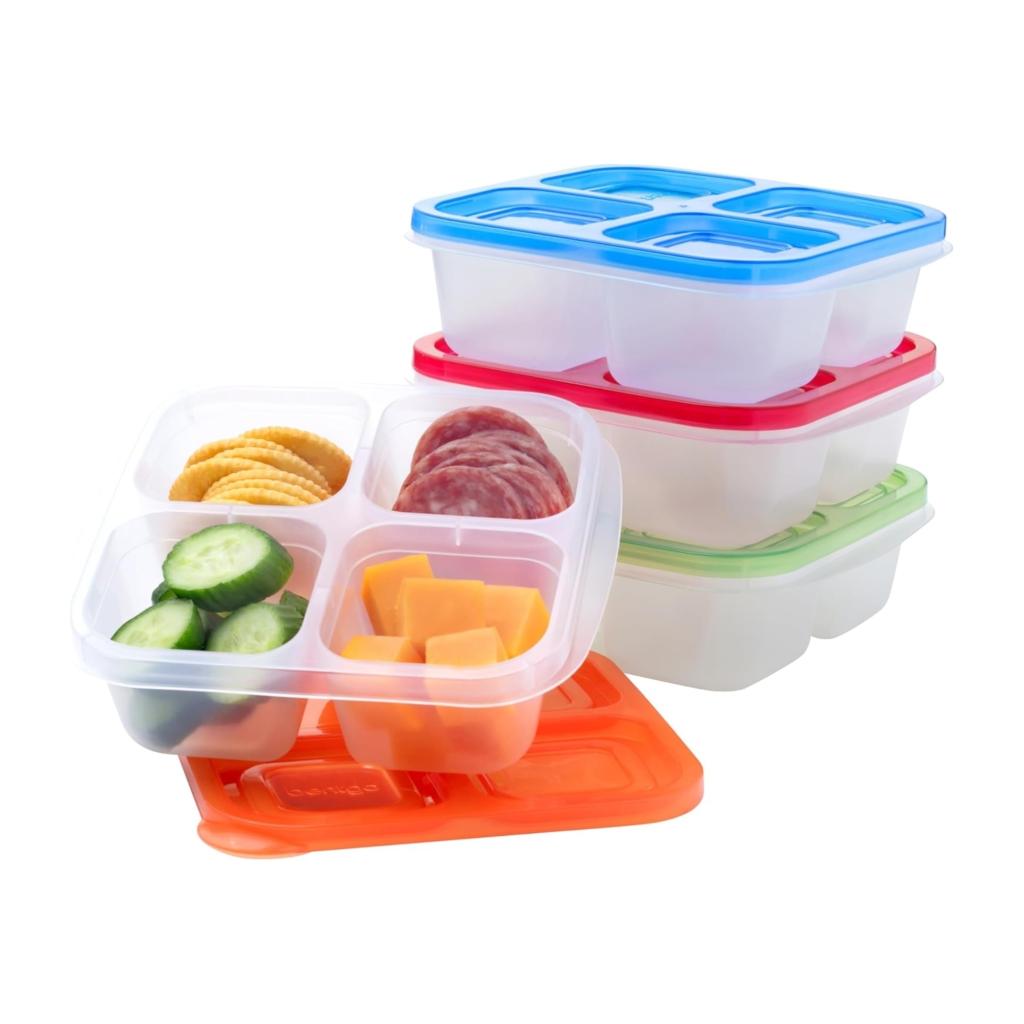Tupperware's Rise and Fall: A Legacy in Food Storage
Discover Tupperware's fascinating journey from innovation to bankruptcy and explore the lessons its legacy offers for the future of food storage.

Key Points
- Tupperware
's innovative marketing model and iconic products revolutionized food storage, capturing the hearts of consumers in post-WWII America.
- Despite its historical success, Tupperware struggled to adapt to changing consumer preferences and the rise of online shopping, leading to its recent bankruptcy.
- The brand's legacy emphasizes the importance of adaptability and community engagement for survival in a rapidly evolving marketplace.
Tupperware, a name synonymous with food storage solutions for decades, has recently made headlines for its unexpected plunge into bankruptcy. Founded in the late 1940s by Earl Tupper, this iconic brand revolutionized the way Americans stored and preserved food with its airtight plastic containers. However, the journey that brought Tupperware to this critical juncture is as packed with innovation as it is with challenges.

Initially, Tupper’s breakthrough came when he combined an engineer's brilliance with a savvy marketing strategy, spearheaded by the legendary Brownie Wise. Wise transformed the marketing landscape by popularizing home-party sales—an engaging way for women to socialize while demonstrating and selling products. This marketing ethos flourished post-
when quaint gatherings became a staple of American life, turning these parties into a cultural phenomenon.
The Bright Days of Tupperware
At its zenith, Tupperware's sales figures were nothing short of remarkable. By the mid-1950s, sales reached an astonishing $25 million, highlighting the company's dominant position in the food storage market. As the “Cadillac of food storage”, Tupperware's products were not only practical but also aesthetically pleasing. Customers could store leftovers in vibrant containers that reflected the era's emphasis on homemaking and organization.

However, the trajectory of success would soon face various hurdles that hinted at the impending decline. As consumer preferences shifted towards more sustainable and visually appealing storage solutions—like glass containers—Tupperware struggled to maintain its foothold. By clinging to its traditional direct sales model, the company found itself increasingly outpaced by competitors like
and newer brands that embraced e-commerce and sustainability.
Modern Challenges in a Changing Market
As we moved into the digital age, the home-party model that once captivated customers began to lose its charm. With only about 465,000 active salespeople remaining worldwide, it's clear the company has not only been navigating declining sales but also a fundamental shift in consumer behavior. The reliance on social selling proved problematic as more people opted for the convenience of online shopping, making traditional sales less appealing.

Despite its storied history, Tupperware's bankruptcy filing indicates a need for reinvention. In the fast-evolving landscape of food storage solutions, there remains resilience in the demand for high-quality storage products, as evidenced by the $1.8 billion retail market for food storage in the U.S. However, Tupperware’s struggle to modernize its operations and revitalize its product offerings must be addressed promptly to remain relevant.
Looking Ahead: A Path Forward
Company officials are optimistic about the future; they have initiated a strategic plan aimed at embracing modern retail practices while simultaneously working through their bankruptcy proceedings. While the brand may have faltered, the legacy of Earl Tupper and Brownie Wise continues to empower future generations of entrepreneurs, particularly women in business.

The path forward for Tupperware entails a re-imagination of its brand identity while leveraging historical successes. If the company can successfully position itself as a blend of nostalgia and contemporary design, it may very well rise from the ashes of bankruptcy with renewed vigor. In doing so, Tupperware would not only reclaim its seat at the table of kitchen storage solutions but also reaffirm the brand’s commitment to innovation, empowering sales forces, and fostering community.

Thus, while we reflect on Tupperware's storied past, we must also embrace the lessons it imparts: that adaptability, community engagement, and a forward-thinking attitude are essential for survival in a rapidly changing marketplace. This may be the end of an era for Tupperware, but it can also signal the dawn of an exciting new chapter ahead.


